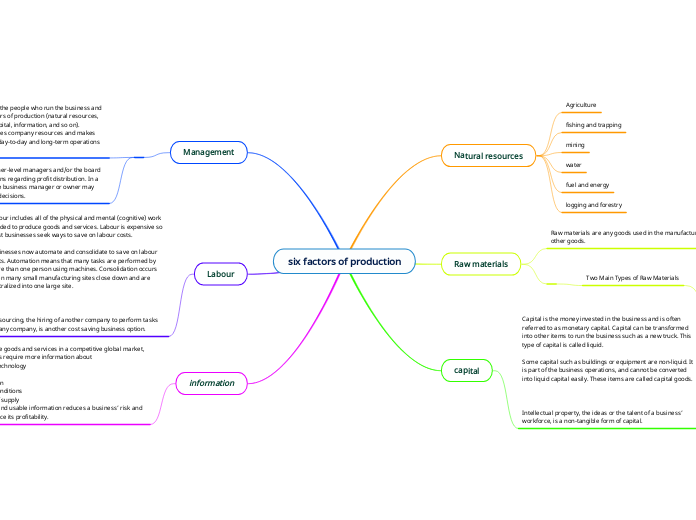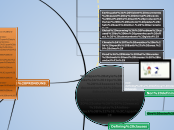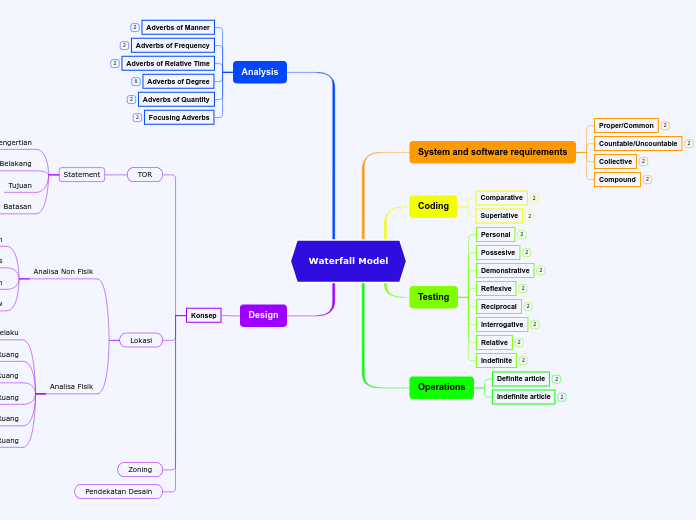по aime rodriguez 10 лет назад
1432
relatives
Relative clauses add essential or additional information to a sentence and are introduced by relative pronouns or adverbs. Defining relative clauses specify which noun we are talking about and affect the meaning of the sentence if removed.









